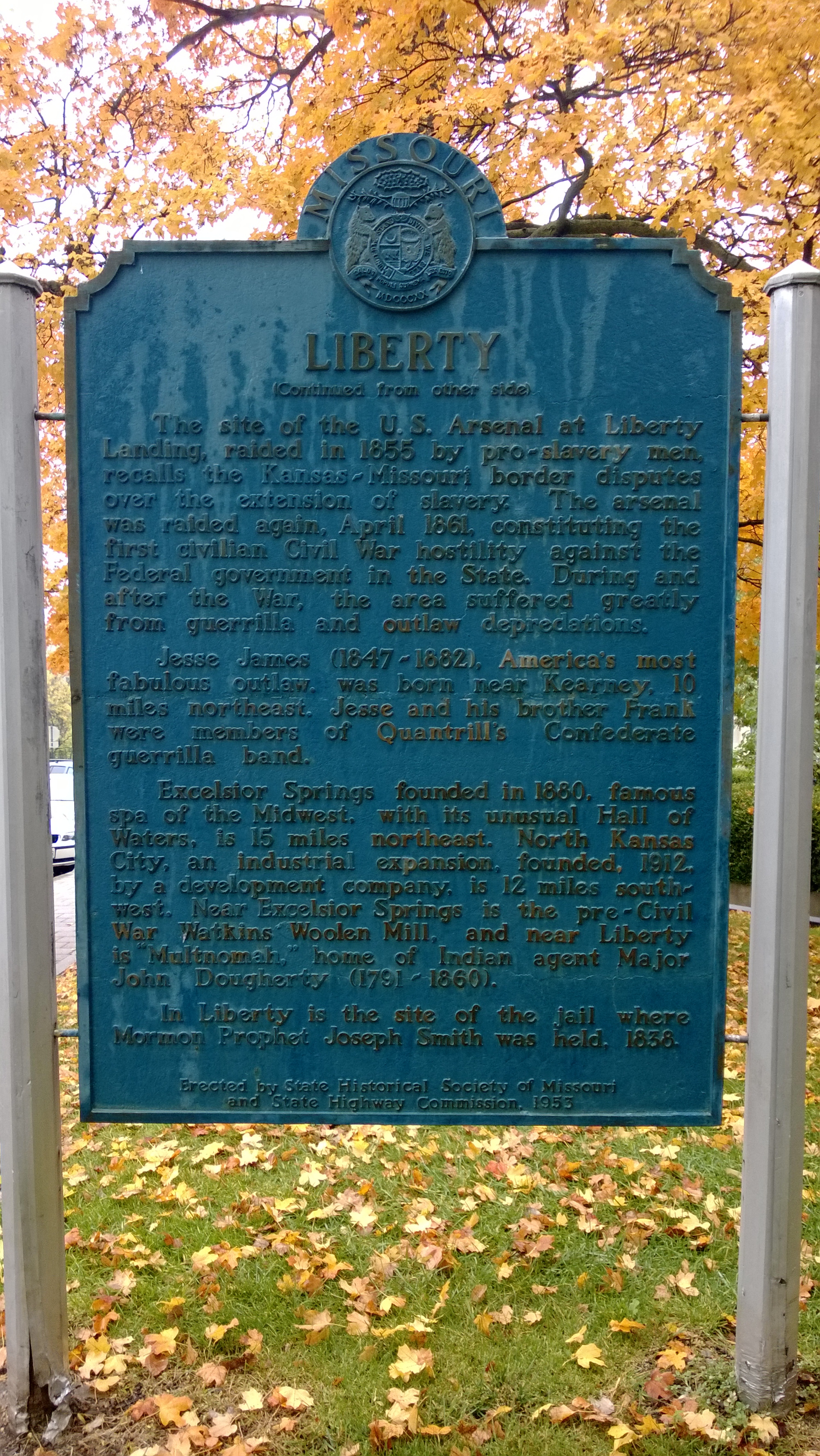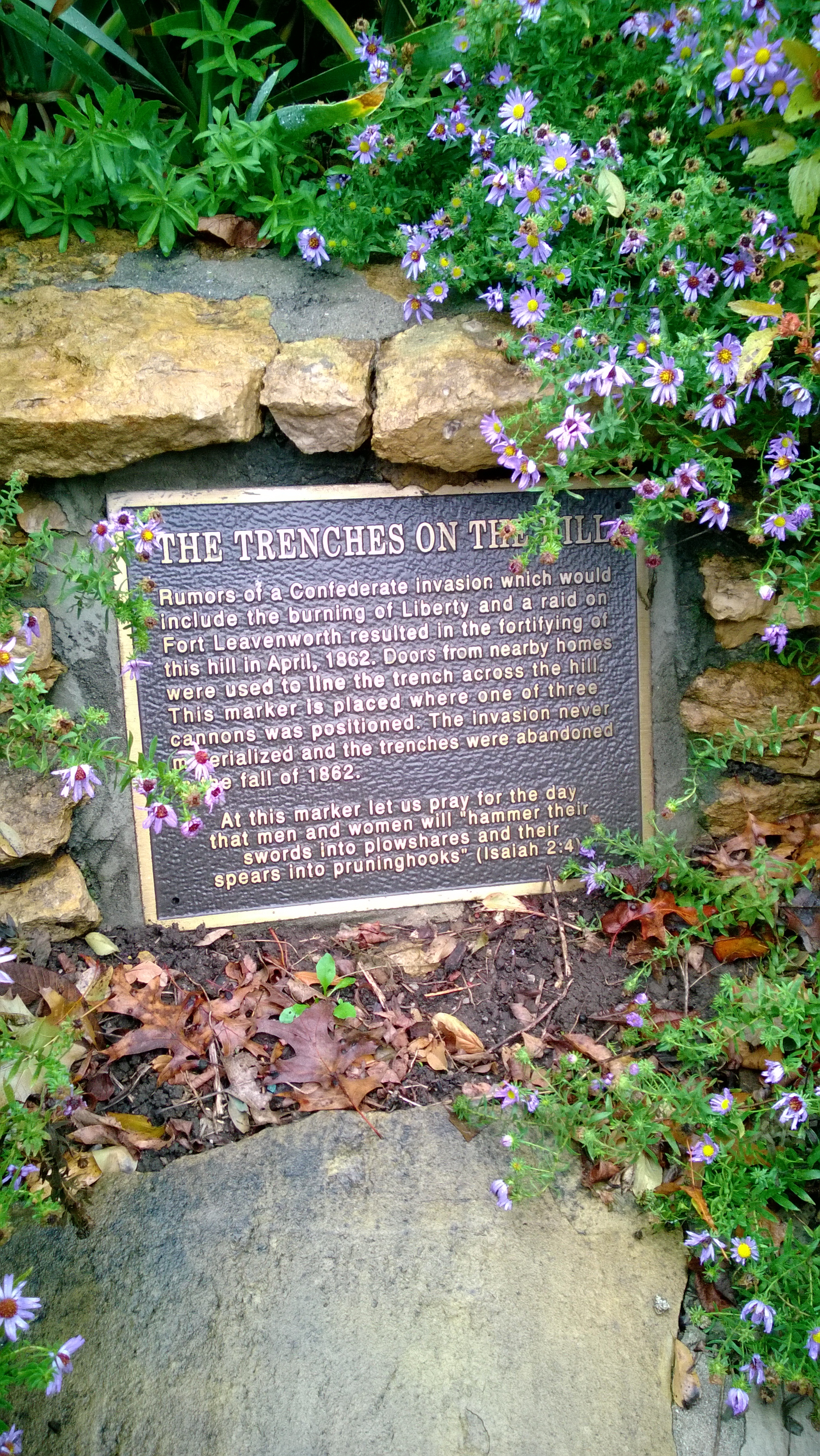When evaluating the actions of historical figures, it is not easy to categorize their actions as heroic or acts of terrorism. According to Merriam-Webster dictionary, a hero is a person who is admired for great or brave acts or fine qualities[1]. While a terrorist is a person who uses violent acts to frighten the people in an area as a way of trying to achieve a political goal[2]. One such controversial historical figure is the abolitionist John Brown. Although Brown fought for the emancipation of slaves, a heroic cause, his use of terror tactics and violence to achieve his political goals has been compared to the 9/11 terrorist attacks,
Brown’s strike force was similar in size and make-up to that of the 9/11 hijackers. He led 21 men, all but two in their 20s, and many of them radicalized by guerrilla fighting in Bleeding Kansas, the abolitionists’ Afghanistan. Brown also relied on covert backers – not oil-rich Saudis, but prominent Yankees known as the Secret Six. Brown used aliases and coded language and gathered his men at a mountain hideout. Brown and his men were prepared to die, and most did, in what quickly became a suicide mission.[3]
Using terror tactics and violence, John Brown hoped to procure freedom for all slaves. Although Brown was fighting for a noble cause, the tactics he used in order to accomplish his goals sway the categorization of Brown from a hero to a terrorist.
During the 19th century, slavery was the primary debate of the nation. Passionate abolitionists filled the north and intense slave owners comprised the south. Brown was a key part of abolitionism, some even going so far to say he was, “The man who killed slavery, sparked the civil war, and seeded civil rights”[4]. Brown was a man who took action on things he believed in, such as abolitionism, and nothing was going to stop him. John Brown was an interesting man, from his upbringing, to the life he led as an adult and abolitionist. There were many experiences during his early years that fueled his hatred of slavery. One such experience was witnessing the beating of a slave boy, not much older than himself,
The Master made a great pet of John: brought him to table with his first company; & friends; called their attention to every little smart thing he said or did: & to the fact of his being more than a hundred miles from home with a company of cattle alone; while the negro boy (who was fully if not more than his equal) was badly clothed, poorly fed; & lodged in cold weather; & beaten before his eyes with Iron Shovels or any other thing that came first to hand. This brought John to reflect on the wretched, hopeless condition, of Fatherless & Motherless slave children: for such children have neither Fathers nor Mothers to protect & provide for them.[5]
Brown’s experiences were not the only thing influencing his actions toward slavery in his adult life. Another factor impacting Brown was growing up in an extremely religious family in Torrington, Connecticut, where his father was passionately opposed to slavery.[6] Owen Brown, John Brown’s father, was the inspiration behind the anti-slavery views Brown possessed. Brown’s experiences and upbringing turned him into an arrogant, self-certified and domineering man and these attributes would guide his actions when he would lead the Pottawatomie Massacre and raid on Harpers Ferry[7].
John Brown had a noble goal, the abolishment of slavery. However, in order to accomplish his goal, Brown invoked fear and utilized violence in order to try and free the slaves. The violence and killings of the Pottawatomie Massacre and the raid on Harpers Ferry are two events exemplifying Brown’s terrorist mentality. The Pottawatomie Massacre, one of the violent missions Brown used to accomplish his political goal, was directed toward pro-slavery Law and Order party members, such as James Doyle and his family, “At the Doyle farm, James and two of his sons, William and Drury, were dragged outside and hacked up with short, heavy sabers”[8]. Mrs. Doyle would later comment that Brown had “an eye like a snake”[9]. The violent actions at the Pottawatomie Massacre were a stepping-stone for Brown’s larger goal, the raid on Harpers Ferry.
During the raid on Harpers Ferry, Brown shot a free African American man in the back because he refused to stop when Brown instructed him to. Even though Brown’s men indicated he did not take part in the killings, “…their Captain did not commit any of the actual murders himself, he was the undisputed leader and made the decisions as to who should be spared”[10], in a way he was playing God, deciding who should live and die. While violent acts alone don’t qualify Brown as a terrorist, the terror he incited does,
In 1859, John Brown sought not only to free slaves in Virginia but to terrorize the South and incite a broad conflict. In this he triumphed: panicked whites soon mobilized, militarized and marched double-quick toward secession. Brown’s raid didn’t cause the Civil War, but it was certainly a catalyst.[11]
Brown had a meaningful purpose going into the raid on Harpers Ferry, but sometimes good intentions can lead to bad decisions. Brown could have joined other key abolitionists such as Frederick Douglass and Harriet Tubman who used peaceful means to try and end slavery, but the fact that he resorted to violence and terror tactics classifies Brown as a terrorist rather than hero.
The controversy around Brown did not end in the 1800s. Although it is easy to claim John Brown’s actions as terrorism, there are many who argue Brown was not a domestic terrorist, but rather a national hero. When reflecting back to Brown’s time, it is easy to understand why many viewed him as a hero. His actions were so revered during the time that “John Brown’s Body” became a popular anthem for Union soldiers on their way to battles, “John Brown was a hero, undaunted, true and brave, And Kansas knows his valor when he fought her rights to save; Now tho the grass grows green above his grave, His soul is marching on”[12]. Even Frederick Douglass, a freed slave and fellow abolitionist raved about Brown’s heroic character,
The country had before this learned the value of Brown’s heroic character. He had shown boundless courage and skill in dealing with the enemies of liberty in Kansas. With men so few, and means so small, and odds against him so great, no captain ever surpassed him in achievements, some of which seem almost beyond belief.[13]
Although many raved about Brown’s heroic efforts to end slavery, does the end really justify the means? The terror tactics Brown utilized and the violent acts he oversaw may have been his way of ending slavery, but is solving violence with more violence really a way of solving anything?
John Brown is a controversial historical figure. Brown’s goal of abolishing slavery was a noble one, but using terrorist tactics to accomplish his goal, fuels the debate on his categorization as a hero or terrorist. It is difficult classifying Brown as a hero or terrorist. He was a hero in the sense he tried to abolish slavery, yet he was a terrorist because he used violent acts to accomplish his political goal. Brown’s life was filled with a hatred for slavery and he used the tactics he believed would end slavery the fastest. Before his death Brown stated,
I believe that to have interfered as I have done in behalf of His despised poor, is no wrong, but right. Now, if it is deemed necessary that I should forfeit my life for the furtherance of the ends of justice, and mingle my blood with the blood of millions in this slave country whose rights are disregarded by wicked, cruel, and unjust enactments, I say “let it be done.”[14]
People may never agree on whether John Brown was a national hero or domestic terrorist. John Brown used violence and terror tactics in an attempt to force change in the United States. Whether history ever agrees on Brown, there is one thing that is certain, Brown believed he was right, “Whether the enterprise of John Brown and his associates in Virginia was wise or foolish, right or wrong; I only know that, whether the enterprise itself was the one or the other, John Brown himself is right.”
Biography
Crompton, Samuel, W. “The Raid on Harpers Ferry: John Brown’s Rebellion.” Press. Chelsea House Publishing, New York. 2010.
Douglass, Frederick. “Address by Frederick Douglass.” Speech, Harpers Ferry, West Virginia. May 30, 1881. http://www.wvculture.org/history/jbexhibit/bbspr05-0032.html.
Finkleman, Paul. “John Brown: America’s First Terrorist?” Prologue Magazine. Spring 2011. Vol. 43. No. 1 http://www.archives.gov/publications/prologue/2011/spring/brown.html.
“Hero.” Merriam-Webster Dictionary. http://www.merriam-webster.com/dictionary/hero.
Horowitz, Tony. “Midnight Rising: John Brown and the Raid that Sparked the Civil War.” Press. Thorndike Press, Detroit, 2011.
Horowitz, Tony. “The 9/11 of 1859.” Dec. 2009, NY Times, http://www.nytimes.com/2009/12/02/opinion/02horwitz.html.
John Brown to Henry L. Stearns. Letter. July 15, 1857. http://law2.umkc.edu/faculty/projects/ftrials/johnbrown/browntohenrystearns.html
“John Brown and the Pottawatomie Killings,” Accessed Nov. 17, 2013, http://xroads.virginia.edu/~hyper/hns/kansas/jbrown.html.
“John Brown.” PBS. Accessed November 16, 2013. http://www.pbs.org/wgbh/aia/part4/4p1550.html.
Paton, William, H., “John Brown’s Body,” Song, 1861. http://law2.umkc.edu/faculty/projects/ftrials/johnbrown/brownbody.html.
Reynolds, David S. John Brown, Abolitionist: The Man Who Killed Slavery, Sparked the Civil War, and Seeded Civil Rights. New York: Alfred A. Knopf, 2005.
“Terrorist.” Merriam-Webster Dictionary. http://www.merriam-webster.com/dictionary/terrorist.
[1] Merriam-Webster Dictionary, s.v. “hero.” http://merriam-webster.com/dictionary/hero.
[2] Merriam-Webster Dictionary, s.v. “terrorist.” http://www.merriam-webster.com/dictionary/terrorist.
[3] Horowitz, Tony, “The 9/11 of 1859,” Dec. 2009, NY Times, http://www.nytimes.com/2009/12/02/opinion/02horwitz.html.
[4] Reynolds, David S. John Brown, Abolitionist: The Man Who Killed Slavery, Sparked the Civil War, and Seeded Civil Rights. New York: Alfred A. Knopf, 2005. Front Cover.
[5] John Brown to Henry L. Stearns. July 15, 1857.
[6] “John Brown.” PBS. Accessed November 16, 2013. http://www.pbs.org/wgbh/aia/part4/4p1550.html.
[7] Horowitz, Tony, “Midnight Rising: John Brown and the Raid that Sparked the Civil War,” Thorndike Press, Detroit, 2011.
[8] “John Brown and the Pottawatomie Killings,” Accessed Nov. 17, 2013, http://xroads.virginia.edu/~hyper/hns/kansas/jbrown.html.
[9] Crompton, Samuel William. “The Raid on Harpers Ferry: John Brown’s Rebellion,” Page 35, Chelsea House Publishing, New York, 2010.
[10] “John Brown and the Pottawatomie Killings,” Accessed Nov. 17, 2013, http://xroads.virginia.edu/~hyper/hns/kansas/jbrown.html.
[11] Horowitz, Tony, “The 9/11 of 1859,” Dec. 2009, NY Times, http://www.nytimes.com/2009/12/02/opinion/02horwitz.html.
[12] Paton, William, H., “John Brown’s Body,” 1861, http://law2.umkc.edu/faculty/projects/ftrials/johnbrown/brownbody.html.
[13] Douglass, Frederick, “Address by Frederick Douglass,” May 30, 1881, Harpers Ferry, West Virginia. http://www.wvculture.org/history/jbexhibit/bbspr05-0032.html.
[14] Finkleman, Paul, “John Brown: America’s First Terrorist?” Prologue Magazine, Spring 2011, Vol. 43, No. 1 http://www.archives.gov/publications/prologue/2011/spring/brown.html.





